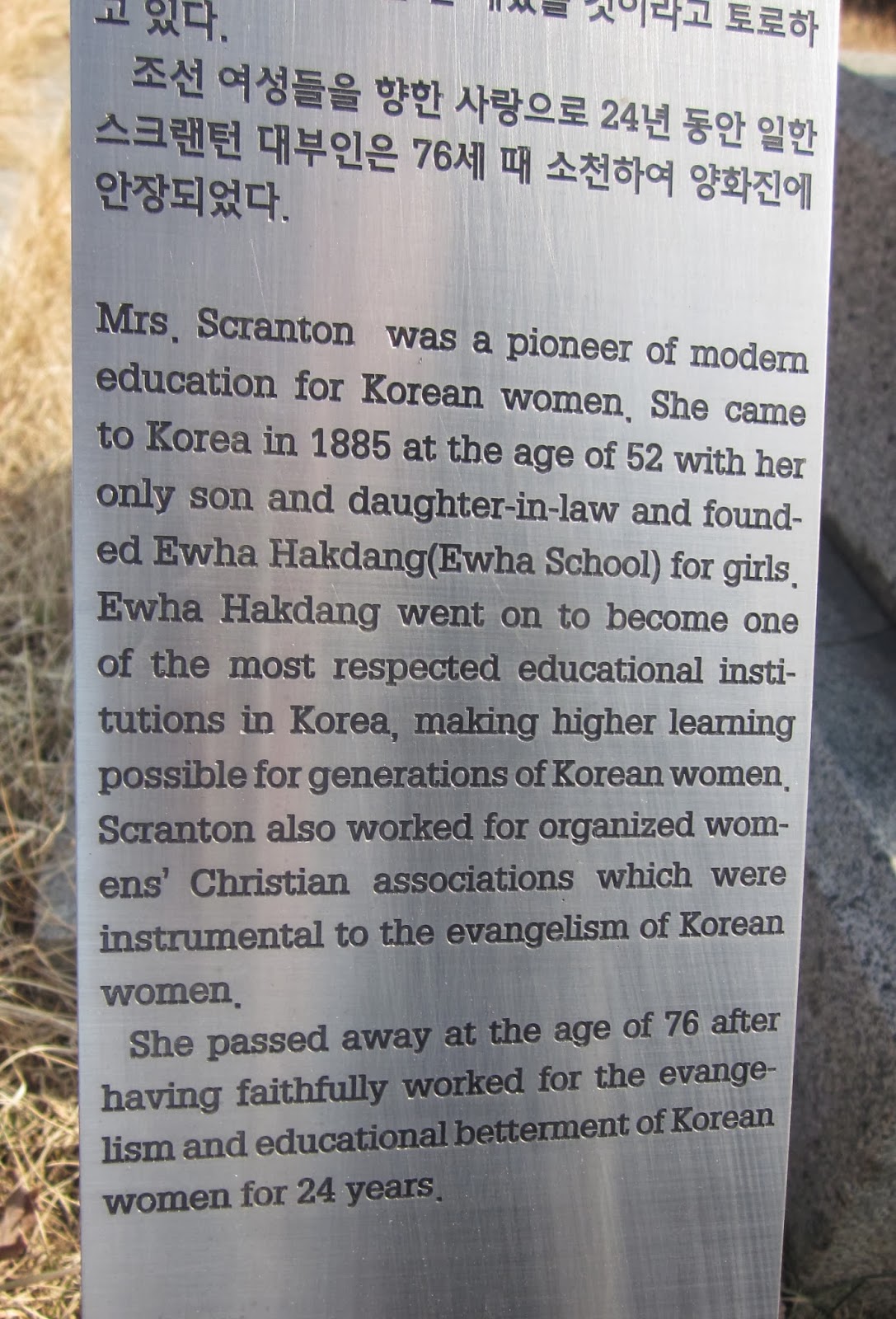The Great Pyeongyang Revival Movement of 1907? What's that?
This outpouring of the Spirit began during a 10-day Bible conference for Korean men in Pyongyang (now the capital of North Korea), in January of 1907. Public confession of sin among the nearly 1,500 men at the conference overflowed into a mass movement of spiritual awakening across Korea.
Elmer L. Towns and Douglas Porter, in their book, The Ten Greatest Revivals Ever, report that the Korean 1907 Revival Movement rapidly grew until the number of Protestant church members in 1912 reached about 300,000, in a nation of just 12 million. This was no small thing, considering the Protestant missionary movement didn't really get going in Korea until 1884.
Towns and Porter also report that the revival "had an almost immediate impact in the nation's Christian colleges. Ninety percent of the students at Union Christian College in Pyongyang professed conversion in February 1907." Remember, the Christian schools provided Korean leadership for the next generation.
In addition, they point out that the missionaries required adult Korean converts to learn to read Korean before admitting them to church membership. And to distinguish Christians from collaborators with the Japanese (who had recently invaded and occupied Korea), "the patriots required Christians to recite chapters from the Bible to prove they were Christians. The result was a 100 percent literacy rate among Christians in a largely illiterate nation. Their ability to read made Christians the natural leaders of the Korean society."
Three of the top five universities in Korea today have a Christian foundation. Regrettably, not unlike colleges started by Christians in the USA, the Christian distinctions of those schools have been lost. The same can be said of most of the early "mission schools" started by missionaries of the late 19th and early 20th Century. But a resurgence of distinctively Christian schools in Korea has taken place over the last 20 years.
The Pyeongyang Revival Movement came at a critical time in Korean history. The next four decades were to bring Koreans into a level of suffering few nations have known. I'll continue from here next week.
Meanwhile, below are more photos taken while at the cemetery:
This outpouring of the Spirit began during a 10-day Bible conference for Korean men in Pyongyang (now the capital of North Korea), in January of 1907. Public confession of sin among the nearly 1,500 men at the conference overflowed into a mass movement of spiritual awakening across Korea.
Elmer L. Towns and Douglas Porter, in their book, The Ten Greatest Revivals Ever, report that the Korean 1907 Revival Movement rapidly grew until the number of Protestant church members in 1912 reached about 300,000, in a nation of just 12 million. This was no small thing, considering the Protestant missionary movement didn't really get going in Korea until 1884.
Towns and Porter also report that the revival "had an almost immediate impact in the nation's Christian colleges. Ninety percent of the students at Union Christian College in Pyongyang professed conversion in February 1907." Remember, the Christian schools provided Korean leadership for the next generation.
In addition, they point out that the missionaries required adult Korean converts to learn to read Korean before admitting them to church membership. And to distinguish Christians from collaborators with the Japanese (who had recently invaded and occupied Korea), "the patriots required Christians to recite chapters from the Bible to prove they were Christians. The result was a 100 percent literacy rate among Christians in a largely illiterate nation. Their ability to read made Christians the natural leaders of the Korean society."
Three of the top five universities in Korea today have a Christian foundation. Regrettably, not unlike colleges started by Christians in the USA, the Christian distinctions of those schools have been lost. The same can be said of most of the early "mission schools" started by missionaries of the late 19th and early 20th Century. But a resurgence of distinctively Christian schools in Korea has taken place over the last 20 years.
The Pyeongyang Revival Movement came at a critical time in Korean history. The next four decades were to bring Koreans into a level of suffering few nations have known. I'll continue from here next week.
Meanwhile, below are more photos taken while at the cemetery:
 |
| H. B. Hulbert is said to have "loved Korea more than Koreans did." |








